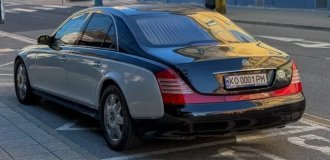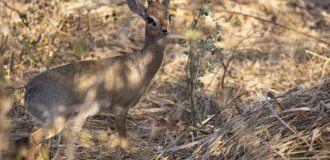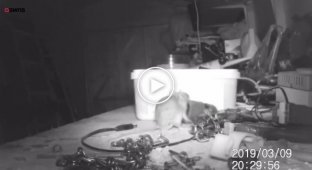The secret of unclaimed land that a farmer seized to make his daughter a princess (6 photos)
Bir Tawil remains unclaimed due to a unique border dispute between Egypt and Sudan. So some brave souls declare themselves rulers of the no man's land. 
Deep in the African desert, between Egypt and Sudan, lies one of the strangest pieces of land on planet Earth, which no country wants.
The 2,060-square-kilometer (8,000-square-mile) desert region of Bir Tawil remains an unusual geopolitical anomaly and has become a favorite location for self-proclaimed "states" founded by ordinary people.
For example, Virginia farmer Jeremy Heaton went there to fulfill his young daughter's dream of becoming a princess. He planted a flag there and declared Bir Tawil the "Kingdom of Northern Sudan" so that his daughter Emily could have a royal title.
Emily asked if she could become a princess, and Heaton, wanting to make her dream come true, began looking for a way to make it happen. He began exploring unclaimed lands where he could theoretically found a kingdom for Emily, who was six years old at the time. 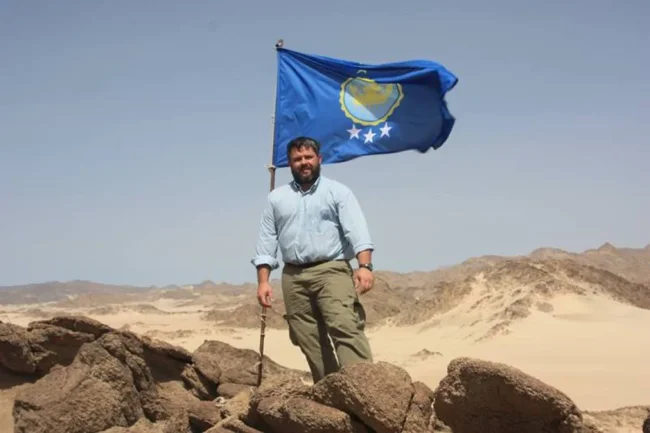
In June 2014, Heaton headed to northeast Africa and reached Bir Tawil after a journey through the desert. He ceremoniously planted a homemade blue flag with a crown and the words "Heathon" in the sand, declaring Bir Tawil the "Kingdom of Northern Sudan" and himself its king. He immediately proclaimed Emily a princess, thereby "granting" her the royal title she desired. 
In 2017, Indian businessman Suyash Dixit also claimed Bir Tawil as his own, calling it the "Dixit Kingdom." He planted a flag, declared himself king, and even "appointed" his father as prime minister. 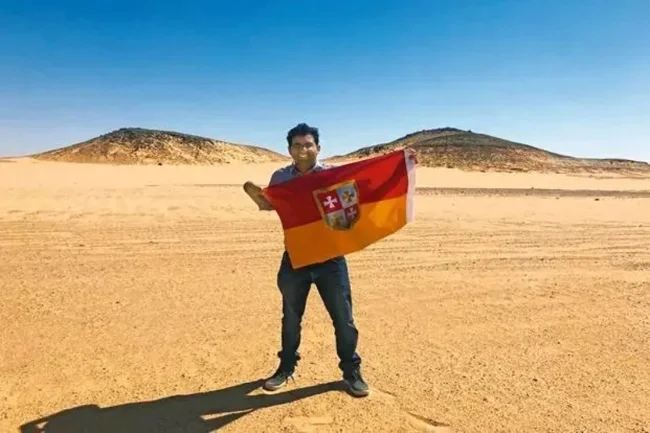
Why Doesn't Anyone Want Bir Tawil?
The origins of this unclaimed desert go back to the British colonial rule of the late 19th and early 20th centuries, when a redrawing of border lines accidentally left Bir Tawil in legal limbo. In 1899, when Egypt and Sudan were under British rule, the official border was set at the 22nd parallel north. This placed Bir Tawil, an arid and resource-poor stretch of desert, in Egyptian territory, while the more valuable Hala’ib Triangle went to Sudan. However, in 1902, the British changed the border to accommodate local tribal movements, placing Bir Tawil in Sudan and giving Egypt control of the fertile Hala’ib Triangle. 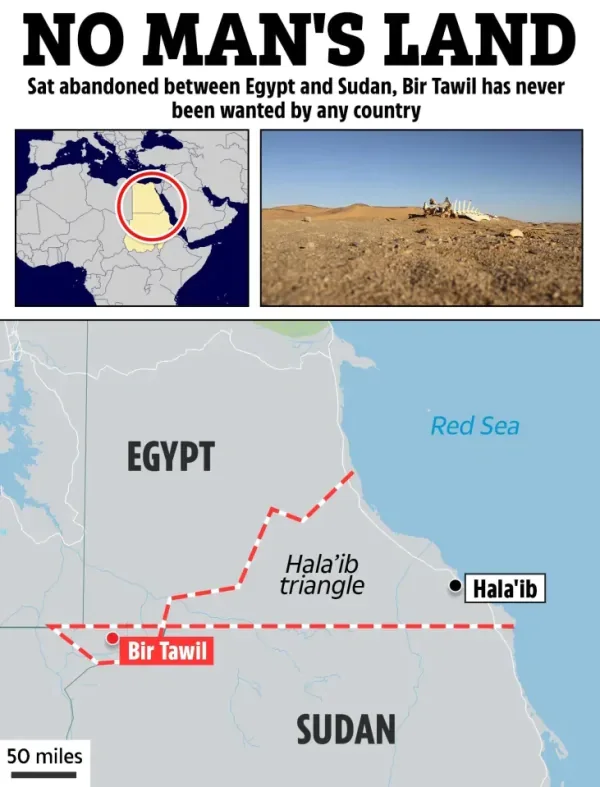
When Egypt and Sudan gained independence, each wanted the Hala'ib Triangle because it had good land and access to the Red Sea. Egypt claims it based on the 1899 line, while Sudan uses the 1902 line to support its claim. To claim the Hala'ib Triangle, each country must reject Bir Tawil, since they cannot claim both triangles within the border they choose. This leaves the territory unclaimed, since both Egypt and Sudan only want the valuable land.
How to get to Bir Tawil
The journey to Bir Tawil takes up to a week, depending on the starting point, route and conditions, and costs over a thousand dollars. Most travelers start their journey in Aswan (Egypt) or Khartoum (Sudan), as these are the closest major cities with transportation infrastructure. 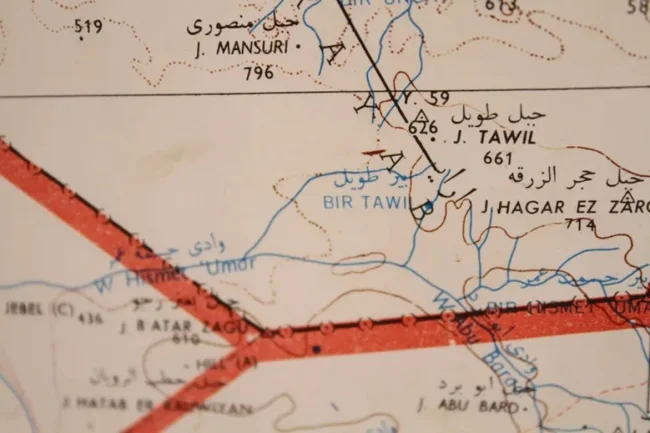
The trip can take several days and is usually done in off-road vehicles capable of tackling deep sand and dirt trails used by nomadic tribes, miners or military patrols. There are no towns, water sources or infrastructure along the way, so travelers must carry enough water, food and fuel. In addition, armed gangs often attack those who travel into the desert, especially along less guarded routes.




